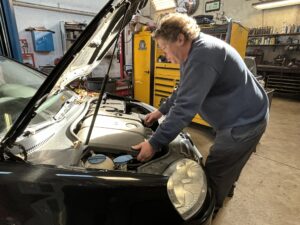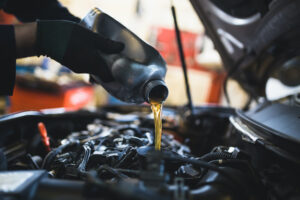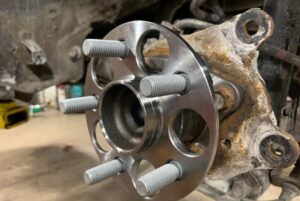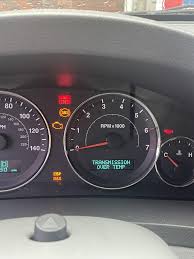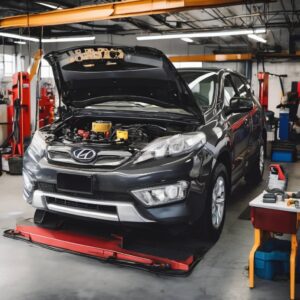How to Tell When You Need New Brakes
Your vehicle’s braking system is one of the most critical components for ensuring safety on the road. Recognizing the signs that your brakes need to be replaced can prevent accidents and costly repairs down the line. In this blog post, we’ll explore the key indicators that it might be time for new brakes.
Squeaking or Squealing Noises
One of the most common signs that your brakes need attention is a high-pitched squeaking or squealing sound when you apply the brakes. This noise is usually caused by worn brake pads. Most brake pads have a built-in wear indicator, which makes a noise when the pads are almost worn out. If you hear this sound consistently, it’s time to have your brakes inspected.
Grinding Sound When Braking
If you hear a grinding noise when applying the brakes, it’s a more serious sign that your brake pads may be completely worn down, allowing metal-to-metal contact. This can damage your rotors, leading to more expensive repairs. If you hear grinding, you should stop driving immediately and have your brakes checked by a professional.
Vibration or Pulsation in the Brake Pedal
A vibrating or pulsating brake pedal is often a sign of warped rotors. This can happen due to excessive heat or uneven wear on the rotor surface. While resurfacing the rotors can sometimes solve this issue, replacing the rotors and brake pads is often necessary to restore smooth braking.
Longer Stopping Distances
If you notice that your vehicle takes longer to stop than it used to, it’s a clear sign that your brakes may be wearing out. Worn brake pads or low brake fluid can reduce braking efficiency, increasing the distance needed to bring your vehicle to a halt. This is a critical safety issue and should be addressed immediately.
Brake Warning Light is On
Most modern vehicles have a brake warning light on the dashboard. If this light comes on, it’s a sign that there could be an issue with your braking system. While it could be as simple as low brake fluid, it could also indicate more serious problems like worn brake pads or a malfunctioning ABS system. Don’t ignore this warning light—get your brakes checked right away.
Pulling to One Side When Braking
If your vehicle pulls to one side when you brake, it may indicate a problem with your brake calipers, brake pads, or even the brake fluid. This uneven braking can be dangerous, especially in emergency situations. Have your brakes inspected if you notice any pulling to one side.
Soft or Spongy Brake Pedal
A brake pedal that feels soft or spongy when pressed is a sign of air in the brake lines or a brake fluid leak. This condition can significantly reduce your braking power and should be addressed immediately. If you experience a soft brake pedal, avoid driving your vehicle until the issue is resolved.
Brake Pedal Feels Hard to Press
On the opposite end, if your brake pedal feels unusually hard to press, it could indicate a problem with the brake booster or a blockage in the brake lines. Both of these issues can make it difficult to stop your vehicle and should be checked by a professional as soon as possible.
Regular Inspection and Maintenance
Even if you don’t notice any of the signs mentioned above, it’s essential to have your brakes inspected regularly as part of your vehicle’s routine maintenance. Regular inspections can catch potential problems before they become serious, ensuring that your brakes are always in top condition.
Conclusion
Your brakes are vital to your safety on the road. By paying attention to the signs discussed above, you can ensure that your vehicle’s braking system remains in good working order. If you notice any of these issues, don’t wait—have your brakes inspected and repaired by a qualified professional as soon as possible. Remember, when it comes to your brakes, it’s better to be safe than sorry.

